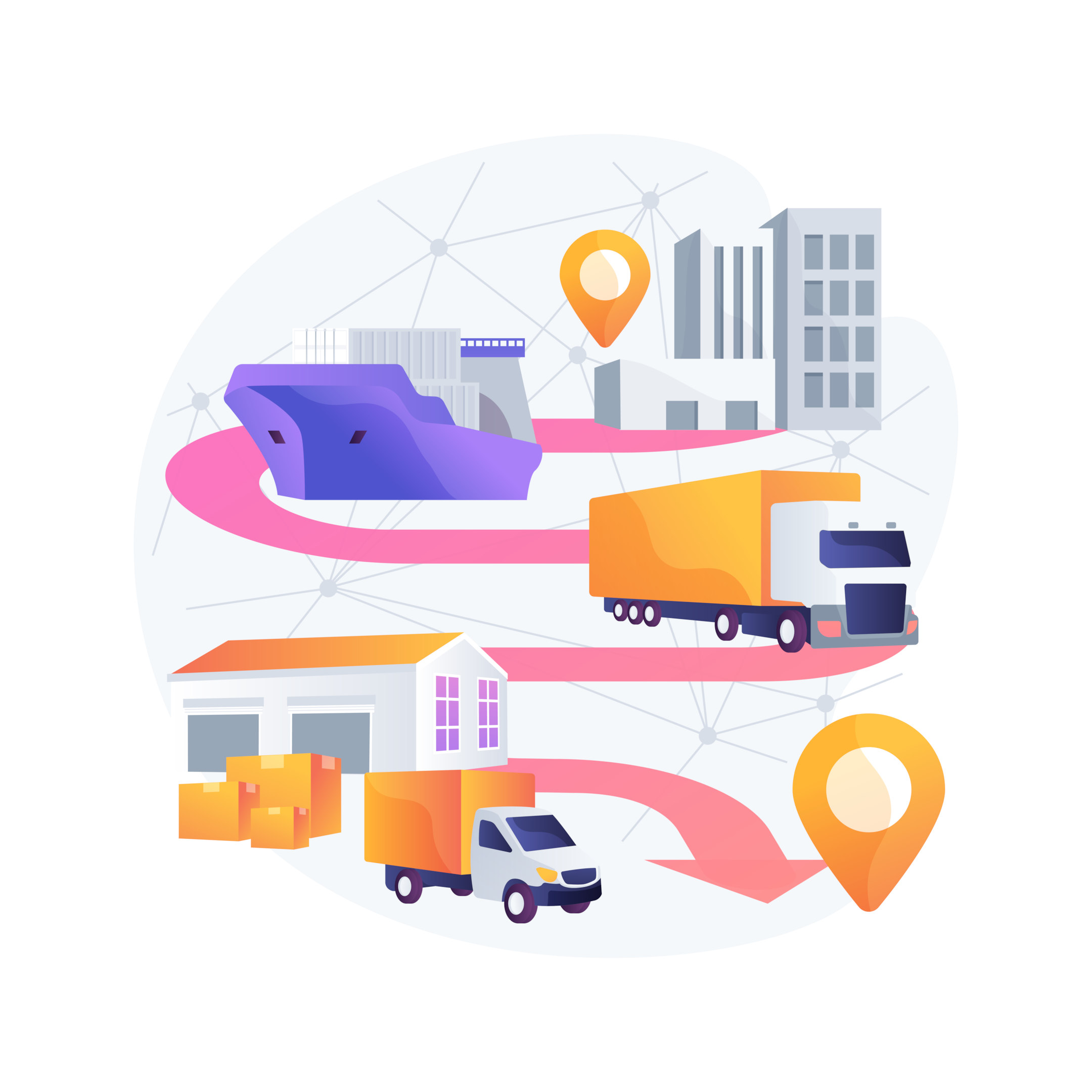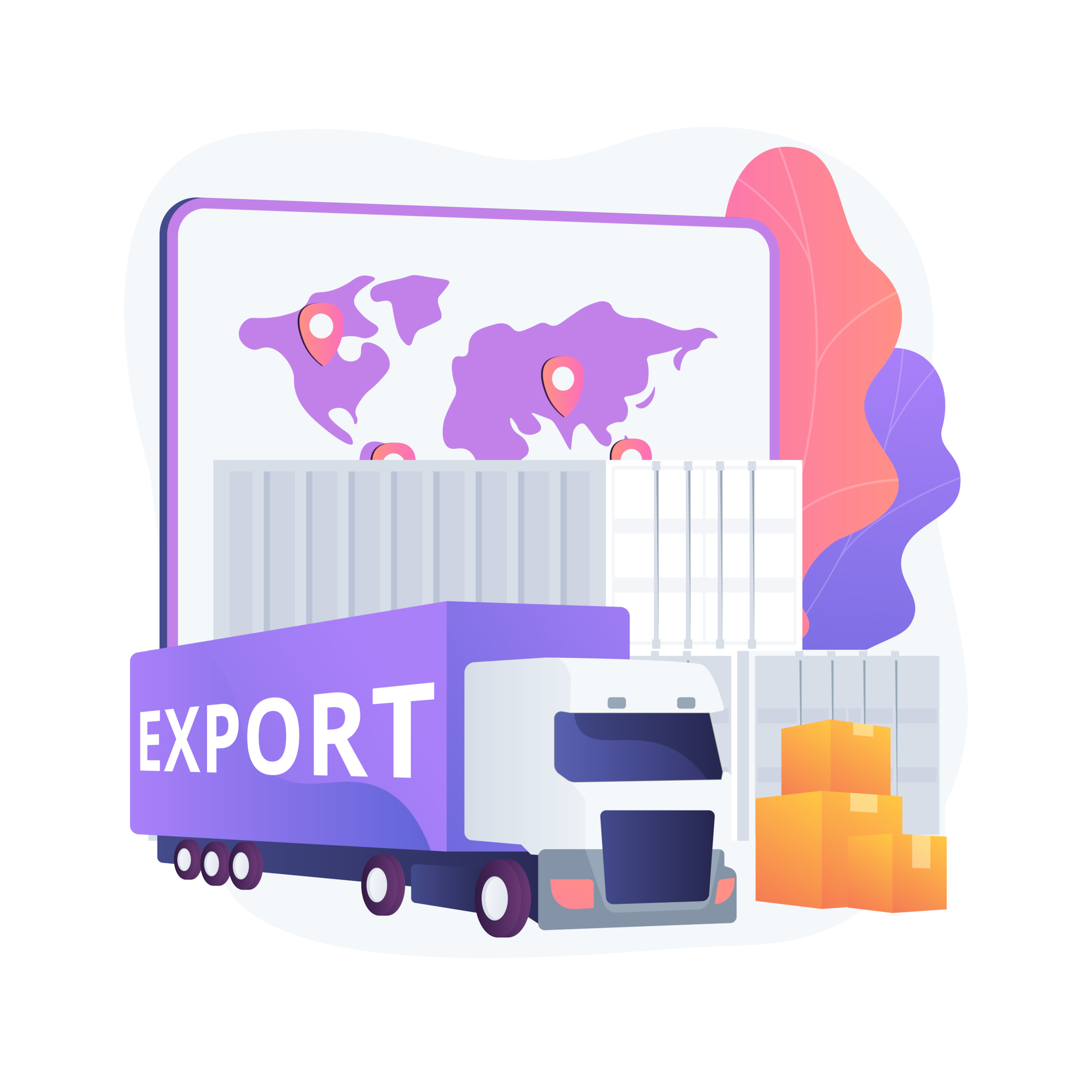Machine Learning in Supply Chain: Optimizing Efficiency and Resilience




The modern supply chain is a complex web, intricately weaving together raw materials, production processes, and delivery channels to ensure products reach customers. Even minor disruptions in this dynamic environment can cause significant delays and cost increases. Machine learning (ML) is emerging as a powerful tool for supply chain managers, offering a data-driven approach to optimize efficiency and build resilience.
 Machine learning algorithms can ingest vast amounts of data from various supply chain activities, including sales figures, inventory levels, transportation schedules, and weather patterns. By analyzing these datasets, machine learning models can learn hidden patterns and relationships within the company and supply chain. This newfound knowledge empowers the system to:
Machine learning algorithms can ingest vast amounts of data from various supply chain activities, including sales figures, inventory levels, transportation schedules, and weather patterns. By analyzing these datasets, machine learning models can learn hidden patterns and relationships within the company and supply chain. This newfound knowledge empowers the system to:
In essence, machine learning empowers supply chains to become more data-driven, automated, and ultimately, more efficient and resilient.

Machine learning (ML) goes beyond mere automation in supply chains. By analyzing vast datasets and identifying patterns, ML unlocks powerful capabilities that transform various aspects of supply chain operations. Let’s delve into some key applications:
Traditionally, accurate demand forecasting relied on historical data and intuition. However, ML algorithms take this a step further. They can analyze:
By processing these diverse datasets, machine learning models can forecast customer demand and predict future market need with greater accuracy. This translates to several benefits for supply chain management:
Leveraging machine learning allows companies to forecast market need with superior accuracy. This translates to smarter inventory management and a more responsive supply chain overall. For a deeper dive into predictive analytics for supply chains, you can check out our recent blog post on predictive analytics.

Logistics, the backbone of physical product movement, can be significantly enhanced with AI and ML. Here’s how:
These capabilities of ML lead to:
ML, therefore, transforms logistics into a data-driven operation, leading to faster, more cost-effective, and sustainable deliveries.
 Inventory management is a crucial aspect of supply chains, balancing the need for sufficient stock with minimizing storage costs. Here’s how ML plays a role:
Inventory management is a crucial aspect of supply chains, balancing the need for sufficient stock with minimizing storage costs. Here’s how ML plays a role:
Warehouse Management with Machine Learning:

Machine learning encompasses a wide range of techniques, and the specific algorithms chosen for supply chain applications depend on the task at hand. Here are some commonly used techniques:
This technique helps predict continuous values, such as future market need for a product based on historical sales data and market trends.
Regression analysis can also be used for tasks like price optimization, lead time forecasting, and risk assessment, further enhancing supply chain efficiency and profitability.
These algorithms categorize data points into predefined classes. In supply chains, they can be used to classify customers based on buying behavior or identify potential supply chain risks like fraudulent orders.
Classification algorithms can also be applied to supplier management. By analyzing past performance data, delivery times, and quality control metrics, ML models can classify suppliers based on reliability or risk factors. This allows supply chain professionals to prioritize partnerships with high-performing suppliers and proactively address potential issues with lower-rated ones.
This technique groups similar data points together. In supply chain industry, clustering can be used to segment customers or group products with similar demand patterns for optimized inventory allocation.
Clustering algorithms extend beyond customer segmentation and product grouping. In warehouse management, they can be used to optimize warehouse layout and picking routes. By clustering products based on size, weight, or demand patterns, supply chain machine learning can group frequently picked items together in designated zones within the warehouse. This spatial arrangement minimizes travel distances for pickers, improving efficiency and order fulfillment speed.
This technique involves training an ML model through trial and error to make optimal decisions within a specific environment. In logistics and supply chains, it can be used to optimize warehouse operations by dynamically adjusting picking routes for maximum efficiency and customer satisfaction.
By selecting the appropriate machine learning techniques and training them on relevant data, business can unlock significant value across various aspects of their supply chains. Through these functionalities, ML empowers businesses to manage inventory more efficiently, reducing costs and ensuring product availability.

While machine learning (ML) plays a crucial role in supply chain transformation, it’s important to recognize that ML is a subset of a broader concept: Artificial Intelligence (AI). AI offers an even wider range of options and tools that can revolutionize supply chain management. AI can empower supply chains in different ways.
Artificial intelligence can analyze huge amounts of information from diverse sources within the supply chain, including sales figures, sensor data from manufacturing equipment, and social media sentiment. By processing these complex datasets, artificial intelligence can identify hidden patterns and trends that might escape human analysis. This allows AI to predict potential disruptions before they occur, enabling proactive mitigation strategies and enhancing supply chain resilience.
Similar to machine learning, artificial intelligence can automate repetitive tasks across various supply chain functions. This includes order processing, shipment routing, and data entry. Freeing human resources from these mundane tasks allows them to focus on more strategic activities like supply chain planning, risk management, and innovation.
AI can foster improved collaboration between different players in the supply chain. By providing a central platform for data sharing and real-time visibility, AI can facilitate communication and coordination between manufacturers, distributors, and retailers. This leads to smoother operations, faster response times to changes in demand, and ultimately, a more efficient supply chain ecosystem.
In essence, AI goes beyond the automation and data analysis capabilities of ML. It offers a comprehensive approach to supply chain management, fostering deeper business insights, improved collaboration, and ultimately, a more intelligent and adaptable supply chain network.
While using machine learning already offers a plethora of benefits for supply chain management, implementing it effectively presents its own set of challenges. Companies need to be aware of these hurdles to ensure a smooth and successful ML adoption process. Here are some key challenges to consider:
 High-quality, clean data is the lifeblood of effective machine learning models. In many supply chains, data may be siloed across different systems, inconsistent, or incomplete. Businesses may need to invest in strategies for:
High-quality, clean data is the lifeblood of effective machine learning models. In many supply chains, data may be siloed across different systems, inconsistent, or incomplete. Businesses may need to invest in strategies for:
Addressing these data quality issues is crucial for building a reliable and trustworthy ML model that can generate accurate insights essential for supply chain decision-making.
Implementing and maintaining machine learning techniques requires a specific skillset. Businesses may face challenges in finding qualified professionals who possess expertise in both machine learning and supply chain management. This includes:
Developing internal talent or partnering with external data science consultancies are potential solutions to bridge this talent gap challenge.

Seamless adoption of a ML model with existing enterprise systems is critical for operational efficiency. Businesses need to consider:
System Compatibility: Ensuring supply chain optimization tools can communicate effectively with existing data warehouses, ERP systems, and other software used in the supply chain.
Data Security: Implementing robust protection measures to protect sensitive data used in ML supply chain optimization tools from cyberattacks and unauthorized access.
Addressing these integration and security concerns allows businesses to leverage the power of ML while maintaining the integrity and security of their data.
By acknowledging these challenges and developing strategies to overcome them, businesses can pave the way for a successful implementation of machine learning in their supply chain management.
 Machine learning is rapidly transforming the landscape of global supply chains management. By leveraging data-driven insights and automation capabilities, machine learning empowers businesses to achieve greater efficiency, resilience, and profitability. Leading companies across the world in various industries are actively embracing ML, experiencing significant improvements in areas like demand forecasting, inventory optimization, and logistics operations.
Machine learning is rapidly transforming the landscape of global supply chains management. By leveraging data-driven insights and automation capabilities, machine learning empowers businesses to achieve greater efficiency, resilience, and profitability. Leading companies across the world in various industries are actively embracing ML, experiencing significant improvements in areas like demand forecasting, inventory optimization, and logistics operations.
This trend of ML adoption is expected to continue as technology continues to evolve. Machine learning algorithms are constantly being refined and improved, with the potential for even more sophisticated applications in the future. We can expect to see AI-powered robots automating tasks in warehouses, self-driving trucks optimizing delivery routes, and predictive maintenance systems preventing equipment failures before they occur.
The future of supply chain management is undoubtedly intelligent and data-driven. By embracing machine learning technologies and fostering a culture of data-centric decision-making, businesses can unlock a new era of efficiency, agility, and competitiveness in the ever-evolving global marketplace.

- 26 mins read
Discover AI's transformation of e-commerce: enhanced shopping, personalized experiences, and optimized operations in 'E-Commerce 2.0: AI's Role in Online Retail Efficiency.

- 19 mins read
Machine learning is transforming investment management. Learn how ML builds stronger portfolios, minimizes human error, and personalizes investment strategies. Discover benefits like automated portfolio construction and the rise of robo-advisors.

- 12 mins read
Unlock faster transactions, 24/7 access, and enhanced security with banking automation. Explore how automation is revolutionizing financial services for both banks and customers.